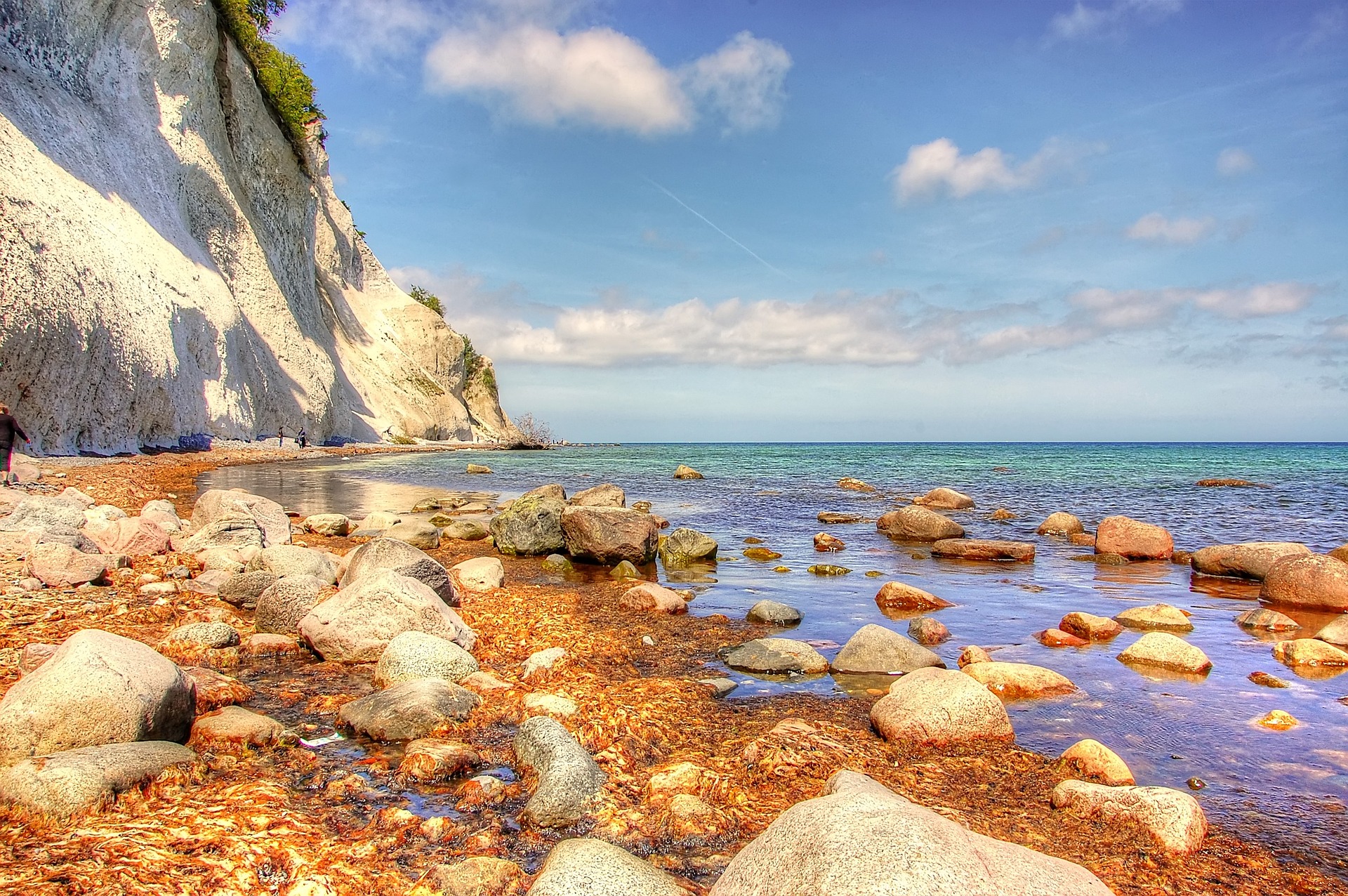A classic petroleum play consists of a reservoir, a seal, a trap and migration/charge. In an interesting article published by the GEUS Bulletin this year, Alessandro Sandrin explains why the speed of hydrocarbon migration is another key element that needs to be considered in cases where reservoir permeability is very low.
Permeability is key
Geologists often assume that migration of hydrocarbons through the reservoir section is almost instant on geological timescales. This is based on the implication that hydrocarbon carrier beds have good permeability.
When a reservoir exhibits permeabilities of around 500 mD or more, this assumption could indeed be made, but in low permeability reservoirs the migration rate may cause a valid structural trap to remain dry because the hydrocarbons have simply not reached it yet.
The Danish Chalk is an example of the latter, and therefore a semi-conventional approach is required to effectively screen the area for remaining potential.
As described by Sandrin, “a semi-conventional play is characterised by reservoir permeability so low that the speed at which hydrocarbons move within the reservoir is slow enough to allow the existence of hydrocarbon columns down-flank of a dry effective trap.”
In this type of play, the hydrocarbon entry-points will have to be closely investigated as well as the distance hydrocarbons may have migrated since the oil entered the reservoir.

The Danish Chalk
Typical Chalk reservoirs have 30–45% porosity, which is very decent, but with 1–10-mD permeabilities are very low. As a comparison, the Forties Sandstone Member from the UK Central North Sea exhibits average porosities of around 20%, so lower than Chalk, but the range in permeabilities of between 0.2 and >1000 mD make up for that.
Despite the low Chalk permeabilities, when analysing all oil fields in the Danish sector, the vast majority lines up with structural closures (see map above), meaning that even though migration rates are very low, the oil has still moved to the places where it would be expected using a classic play approach.
Halfdan
However, there is one notable exception and that is the Halfdan field. Containing c. 1500 MMbls oil in place, this field is sitting in an area without a clear structural closure and the stratigraphic component of the trapping system does not fully explain the existence of field (see cross-sections below).
Modelling work suggests that initial charge of a Halfdan palaeo-structure took place before it reached the Dan field. Subsequent structural movements caused the Halfdan structure to disappear, but since the oil migration is so slow, oil remains to be found in the area until today.

New exploration opportunities?
If the above model is indeed the right way to explain the oil at Halfdan, the next question that needs to be asked is; is there another Halfdan hidden in the Danish offshore? The GEUS Bulletin article does not further discuss this, but it may be worthwhile performing a semi-conventional play analysis for the area.
The key question then remaining is if there will ever be another licence round to apply for new exploration acreage.
HENK KOMBRINK
Full reference to the article used for this contribution:
Sandrin, A. (2020). Semi-conventional play: definition, exploration strategy and the example of the Chalk Group in Denmark. GEUS Bulletin, 44. DOI




